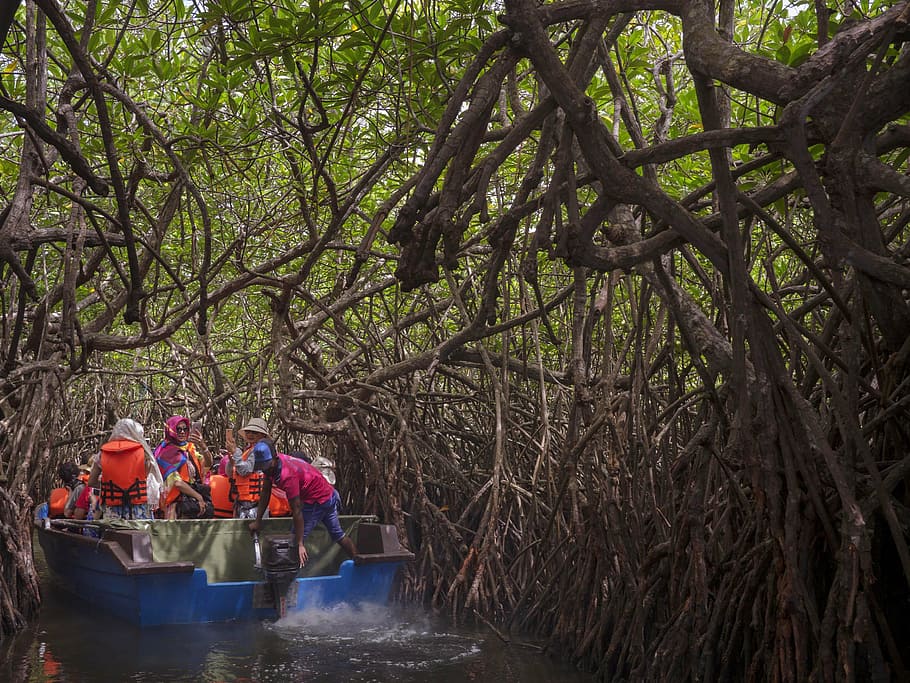
COVID has raised the stakes and is driving a wholesale rethinking of how we as individuals invest our time, money and resources. We are still in the midst of working through its impact and our response, but one thing is very certain:
As humans, COVID has driven us to want more.
More from our communities…as well as our relationships, investments and our work. More than ever, we want to work in a place where there’s line of sight to moving the needle on things that matter.
This is leading us all to take a second look at what we already knew in our core: that opportunity is nested in risks.
The Opportunity of Acceleration
In established markets, firms are finding that COVID has an acceleration effect on either the maturing or scaling of products and services. If the role of the product is toward commoditization, it’s happening faster. Similarly (and more positively), on point, fresh offerings and substitutes are being developed and rapidly accelerated.
For example, in retail, larger firms have been able to build on their logistics and location ubiquity to provide touchless shopping which has led to them becoming part of our daily fabric. One casual fast-food firm I spoke with has grown through the pandemic by double digits – largely through the takeout window.
With this acceleration trend, planning needs to shift, as well. Firms that are used to remaining in “safe” niches will find the speed of “fast followers” to increase through digitization. This means that firms need to deliberately plan to step through risk in a way that allows higher returns, and from a competence base that gives them a head start on new entrants.
A Useful Visualization
One of the tools I use with firms is the river illustration. Imagine your firm’s product and services are a river flowing past you. Upstream lies your partners, downstream your clients. Let’s also picture a half dozen lanes of travel across the river. The first lane closest to shore is your current core products and services. The far lane is the riskiest, let’s say it’s a “full-on” disruptive investment bet, winner takes all, requiring the ability to burn cash for a long period of time.
As I’ve done workshops and coaching sessions, I’ve come to understand that each leader has a natural lane that they are drawn to, and each firm has a risk model that is the norm. Visionary leaders want to start in the middle of the river, willing to take large leaps of intuition and possibility. Leaders aligned with detail, data, and variation reduction want to stay close to home, something like lane one or two.
So, which lane are you attracted to as a leader? Which lane is your company most likely to invest in?
As a Group, We All Become More Conservative
You would be surprised how many firms during an offsite start out by stepping boldly toward the middle lanes, led by their visionaries. We then do the work of refinement discussions, and the process-based group gradually asserts its view and talks the team out of those fresh ideas that would move them into higher risk (and reward) lanes.
Risk is Not Optional
But here’s the truth: any firm that I’ve worked with that has had multi-decade relevance – and it’s been more than a dozen – have addressed and built systems to take on systematic risk. Those that lose this ability fall away and become one of the firms that will leave the S&P in years to come. This is why you’ll likely live longer than 75% of the firms on the S&P. (link)
Why?
Exploration and investment in the middle lanes put a firm in a position to identify and enjoy the discoverer’s returns on fresh products and services. Yes, fast followers and those who can bring scale will enjoy good returns as well, but those investments are also a lane or two over from shore.
How do We Approach These Risks in a Way That Protects the Core and Preserves the Returns?
The answer is to make sure you have a head start.
Specifically, we make sure that a firm has at least two major competencies that give it a head start in its chosen new lane of competition. For example, competencies at a high level include product, market, and distribution. We work through a careful process to identify the firm’s most powerful assets for its second and third layers (usually made up of people, process and technology), and apply those in a way that keeps risks reasonable and investments bounded.
What’s a Good Next Step?
If you’ve read this far, you’ve likely got some time, money, and resources already invested. You are busy and it seems like a risk to set up a call. Let’s start with 20 minutes where I’ll share my latest insights about how COVID is affecting products and services firms. If that sounds helpful, use this link to put a call on the books.
Related Posts:

